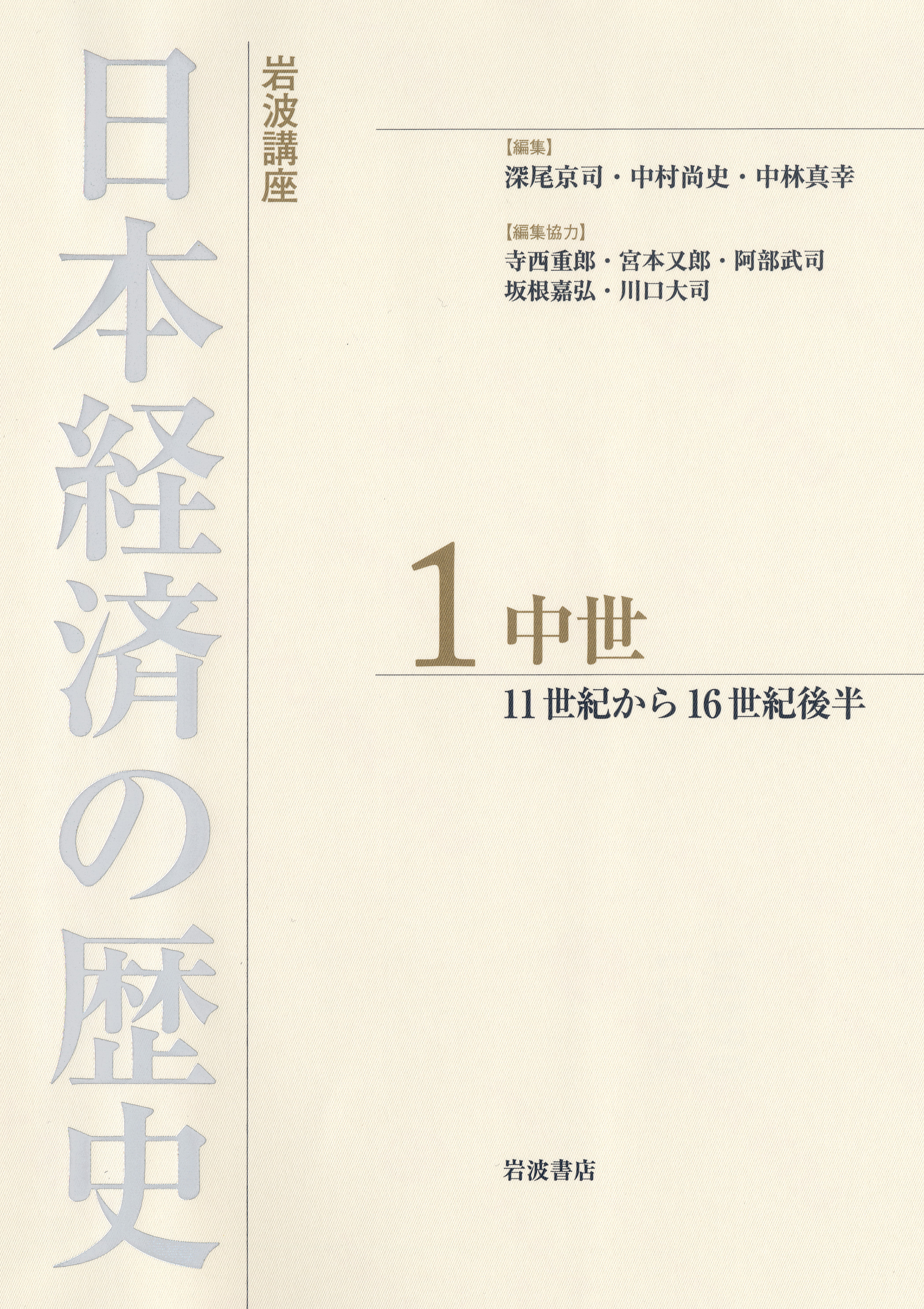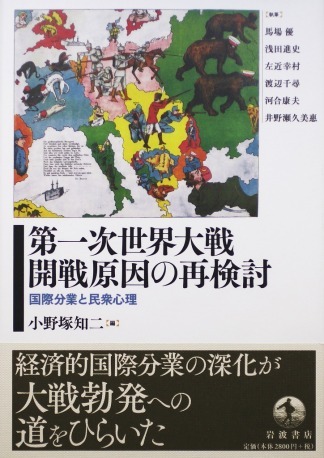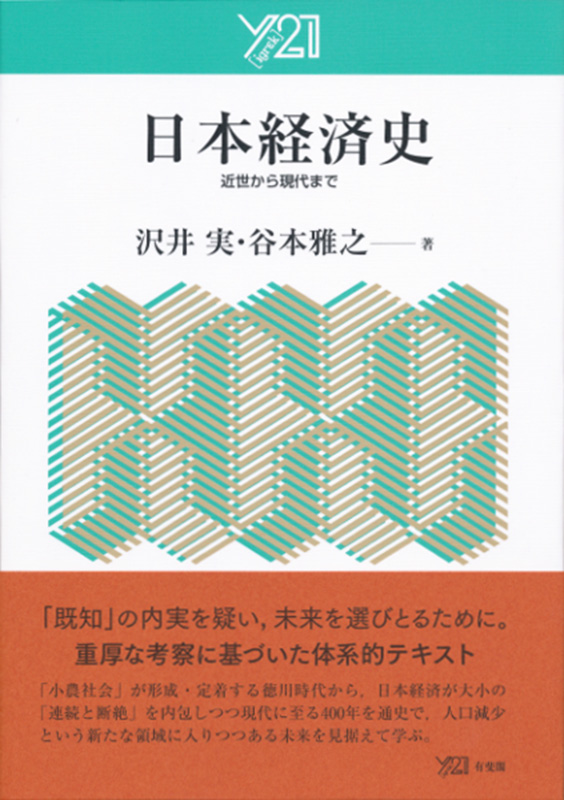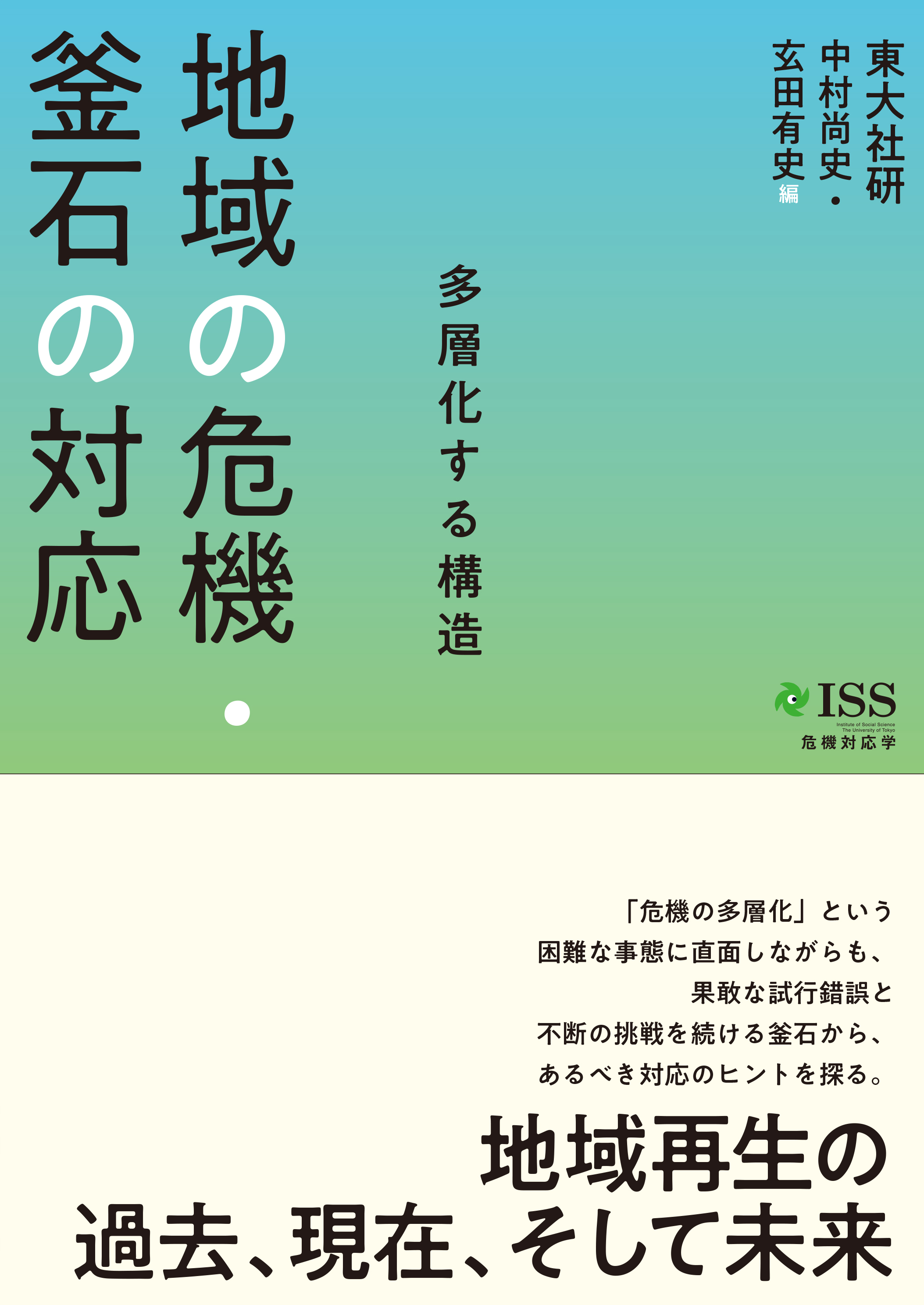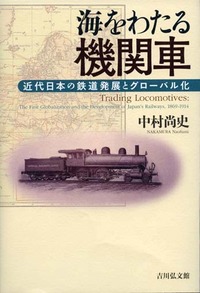
Title
Umi o wataru Kikansha (Trading Locomotives: The First Globalization and the Development of Japan’s Railways)
Size
264 pages, A5 format
Language
Japanese
Released
February 10, 2016
ISBN
978-4-642-03851-5
Published by
Yoshikawa Kobunkan
Book Info
See Book Availability at Library
Japanese Page
Since the beginning of the 2000s, Japanese railcar manufacturers and railway operators, who have traditionally focused on the domestic market, have begun to penetrate overseas markets in earnest. This export of railcars and railway systems takes place against the backdrop of globalization in which the international movement of people, goods, money, and information continues to accelerate. Therefore, the international competition to supply railway systems, of which railcars are a central component, has intensified and has led to the rapid spread of high-speed rail technology and urban transport systems, not only to advanced countries but also to developing countries. Even so, as a phenomenon, the dissemination of railway systems in the context of a global economy is not unique to the 21st century. Similar dissemination occurred during the period known as the “first globalization” from the latter half of the 19th century to just before World War I. Around the turn of the 20th century, under an imperialistic international order centered on British hegemony, the world experienced its first period of globalization based on free competition. Fierce competition to export railway materials and supplies was being waged by national governments, locomotive manufacturers, and trading companies. During this period, railways were introduced to Japan from the UK, after which they underwent rapid development while experiencing technological diversification and convergence.
When thinking about the development of the railways in Japan, it is important to ask how and by whom were the necessary railway materials supplied for the reproduction of the industry. In particular, given that steam locomotives represented a collection of various cutting-edge technologies, Japan experienced difficulties achieving self-sufficiency in terms of steam locomotives until just before WWI. Accordingly, alongside the above questions, it is necessary to explore how steam locomotives and parts for steam locomotives were able to be imported smoothly. To answer these questions, we first need to understand the state of the global railcar market of then. Subsequently, it is necessary to investigate the nature of the business transactions related to railcars with a focus on the activities of the foreign railcar manufacturers who supplied the railcars, the domestic railway operators who received these railcars, and both the foreign and the domestic trading companies who mediated these transactions.
Therefore, in this book, I clarified the structure of steam locomotive manufacturing and distribution during the first period of globalization with a focus on the East Asian market, particularly Japan. I also considered the international momentum that enabled the development of the Japanese railway industry. The railway was one of the leading industries of the industrial revolution. Thus, in the context of history, this book reconsiders the relation between Japan’s industrial revolution and the first globalization.
The contents of this book are as follows:
Introduction: Trading Locomotives
1. The locomotive manufacturing industry and international competition at the turn of the 20th century
2. Beginning of railway construction in Japan and importation of locomotives: monopoly of British-made locomotives
3. Technological development in Japan and the trade of locomotives: the tug-of-war over locomotives made in America
4. Change in paradigm: the Russo–Japanese war, nationalization of railways, and the trade of locomotives
5. Impact of domestic locomotive production: the final importation of large-scale locomotives and reorganization of the market
Conclusion: Global Impact on the Development of Japan’s Railway System
(Written by NAKAMURA Naofumi, Professor, Institute of Social Science / 2017)
Related Info
2018 Kigyoka Forum Prize (Kigyoka Forum 2018)
https://kigyoka-forum.jp/award2022/award2/
2017 Hideo Shima Prize for Superior Railroad writings (Japan Railfan Club 2017)
https://www.jrc.gr.jp/e/award/shima
https://www.jrc.gr.jp/award/cyosaku/cy2017
Related Article:
The First Global Economy and the US-Japan Locomotive Trade
A Case Study on Baldwin Locomotive Works and Frazar & Co. (“Japanese Research in Business History” Vol.40 2023)
https://doi.org/10.5029/jrbh.40.6
Related Books:
Trading Locomotives - The Global Economy and the Development of Japan’s Railroads, 1869–1914 (Columbia University Press July 2025)
https://cup.columbia.edu/book/trading-locomotives/9780231218467/



 Find a book
Find a book


 eBook
eBook
